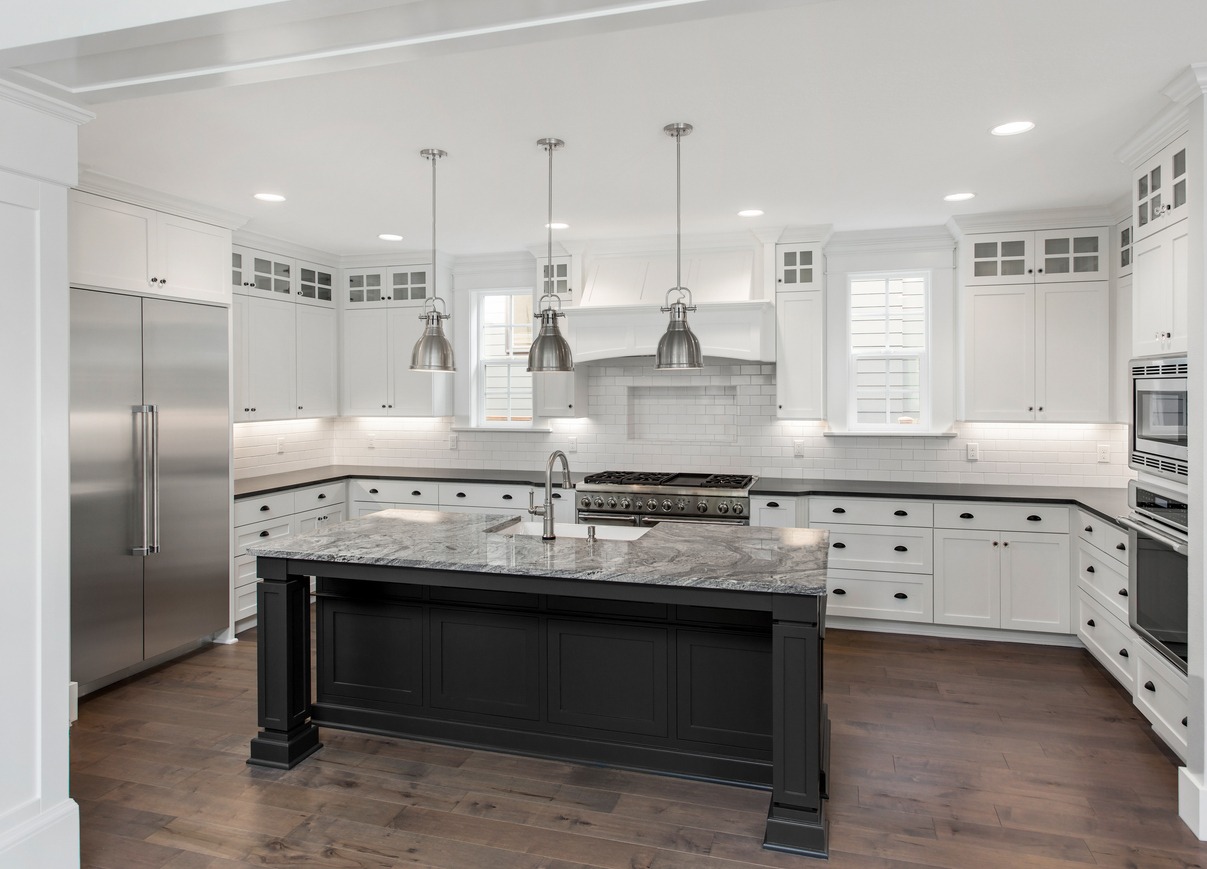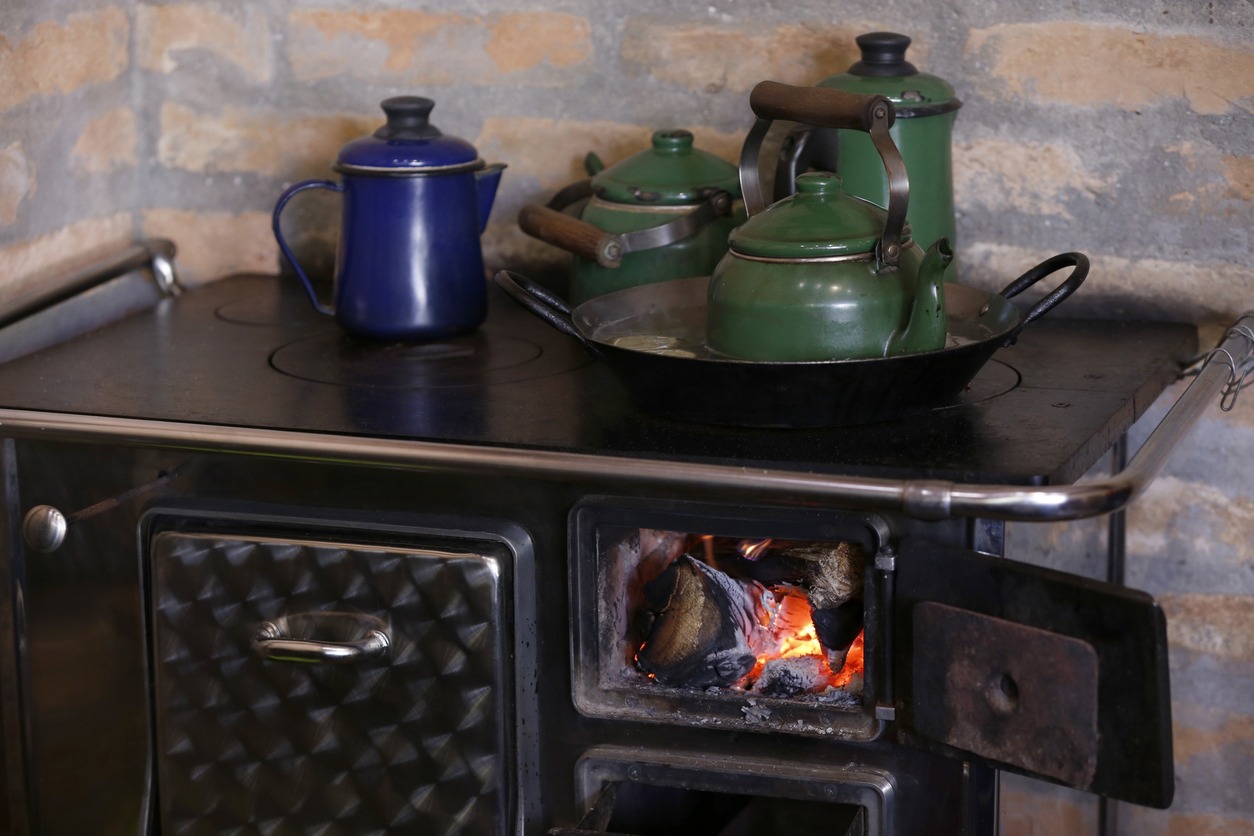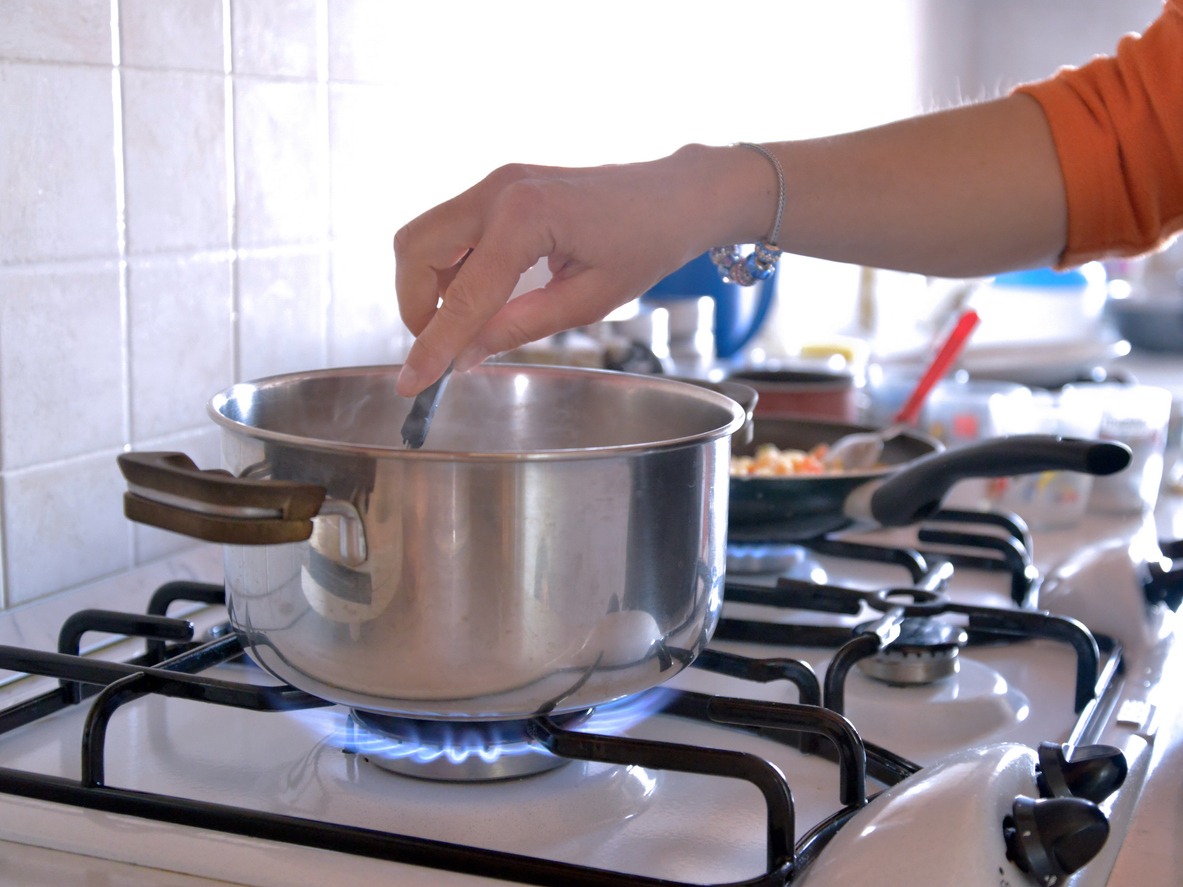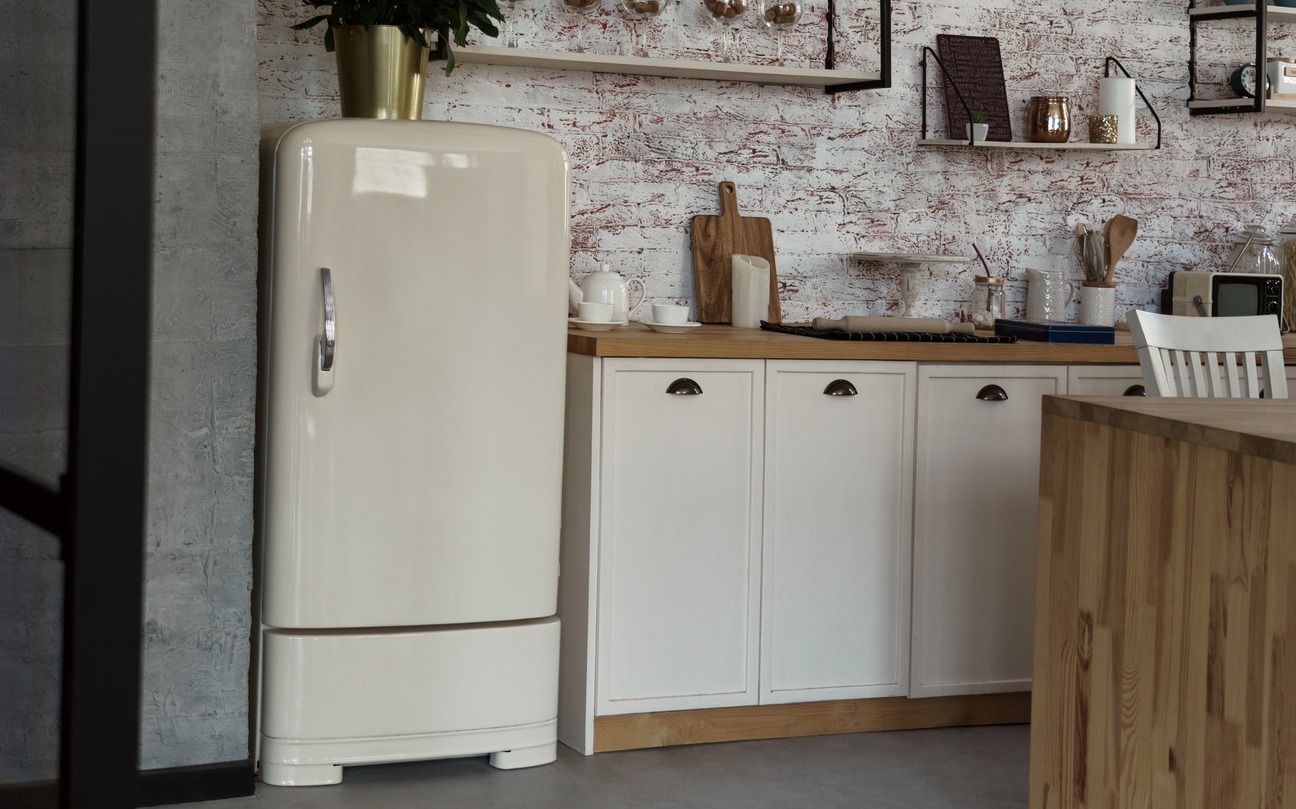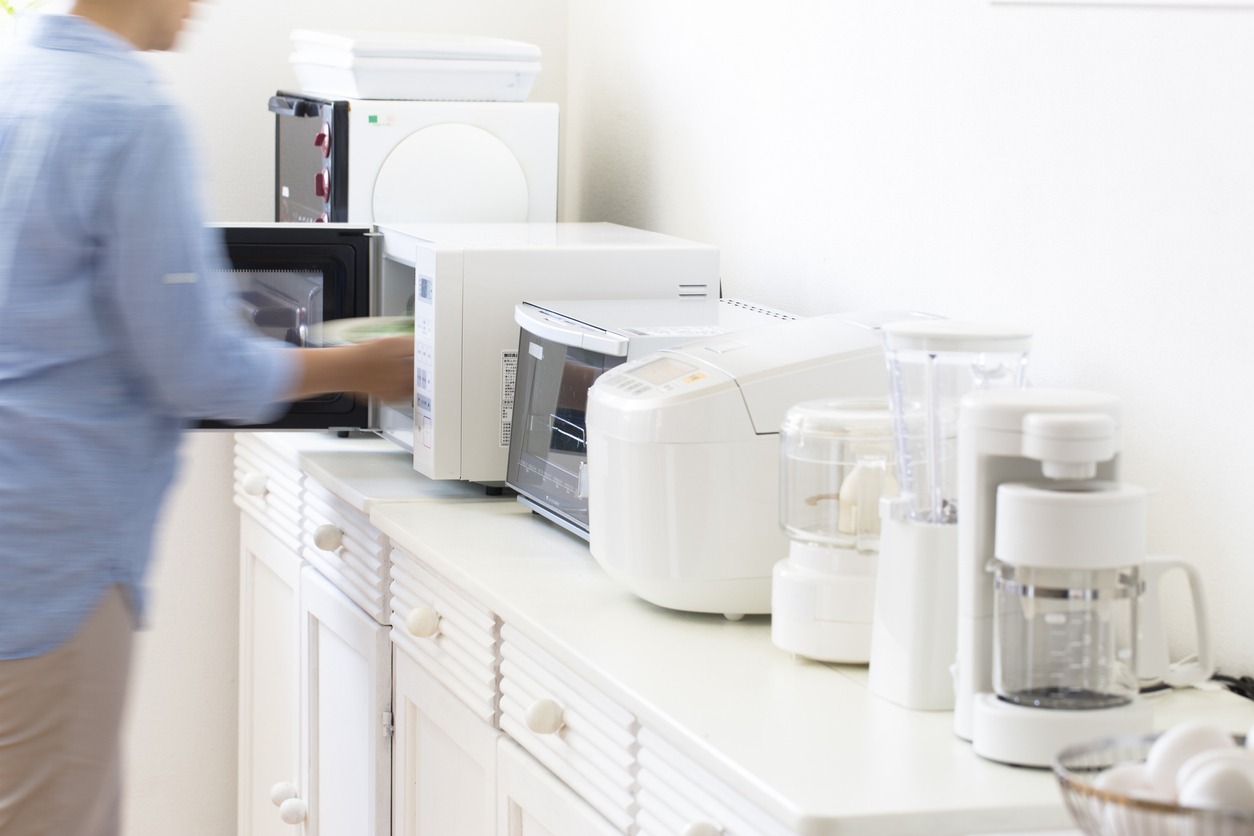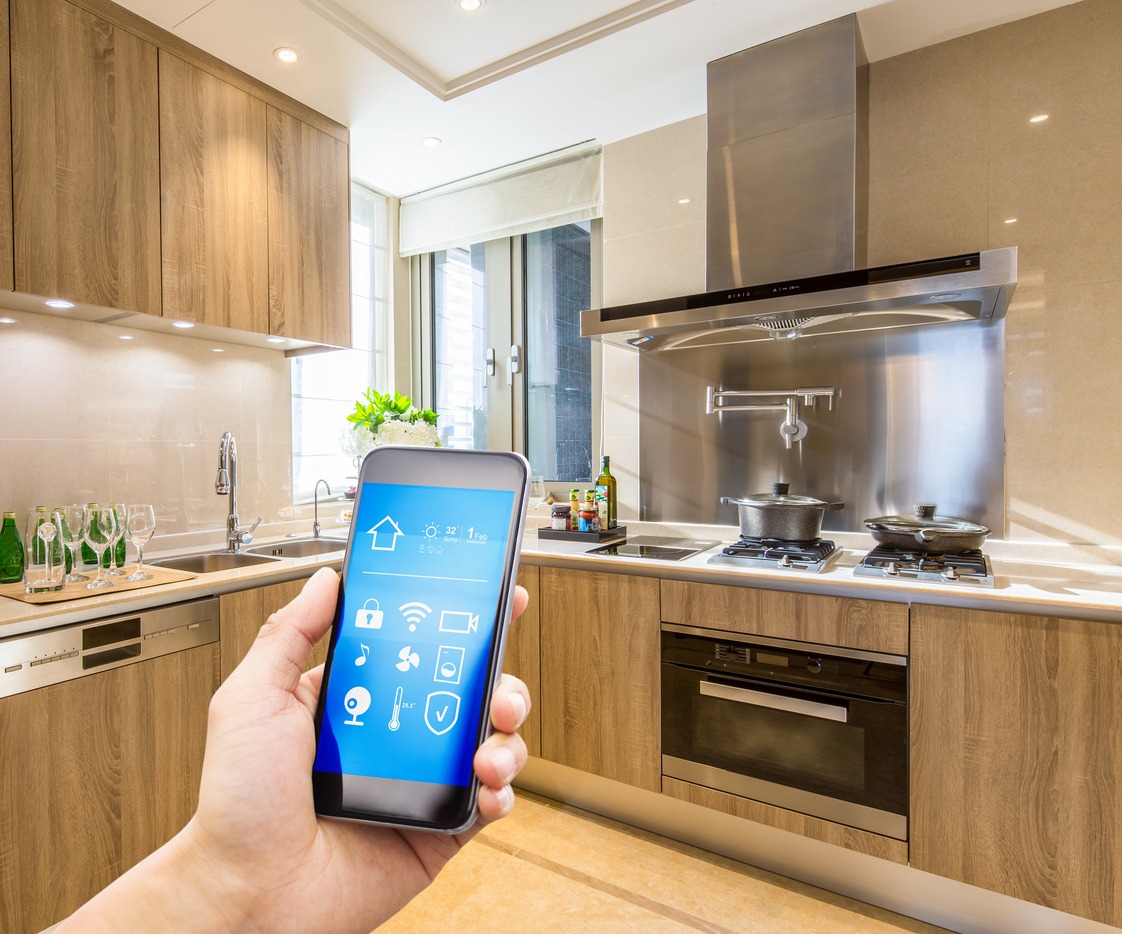Many people consider the kitchen as the heart of a home, as it is where meals are prepared, families gather, and culinary creations come to life. Through the years, the kitchen space has undergone a remarkable evolution, transitioning from traditional hearths to modern high-tech environments. This evolution has revolutionized the way we cook, and it changed our kitchens into a hub of convenience, efficiency, and innovation.
If you are aiming to learn more about how the kitchen has evolved, we are here to help you. In this article, we are going to take a look at the different stages of kitchen evolution, from the humble beginnings of hearth cooking to the integration of cutting-edge technology in modern kitchens. This way, we will be able to further appreciate how the advancements in mechanics and appliances have shaped the way we prepare and enjoy food at home today.
Early Kitchens and Hearth Cooking
Early kitchens were basic and were focused on essential cooking methods. Most of the time, they are located in separate structures or designated areas of the home. In early kitchens, food preparation was done manually through the use of simple tools. For instance, if you need to cut, grind, or pound ingredients, knives, mortars, and pestles were commonly used. The cooking utensils back then were often made from materials like stone, wood, or clay.
Open fires and hearths were the primary means of cooking. In addition to serving as the central cooking space, hearth also provided warmth and light for the people living in a home. To cook food, placing the pots or skewers directly over the fire is needed. Hearth cooking allowed for the preparation of hearty and nourishing meals. However, it required skill and experience to manage the fire and control the cooking temperature.
Since the early kitchens lacked advanced cooking technology, people back then used to cook food slowly. Heat control was also challenging, which sometimes led to inconsistent cooking results. Aside from that, refrigerators were not yet invented, which means food preservation was limited. Most people relied on drying, salting, or fermentation to preserve their food.
Industrial Revolution and Cooking Advancements
When the 18th century came, the Industrial Revolution brought about significant advancements in different industries, and this included kitchen technology. There is a demand for more effective and practical cooking techniques as a result of the transition from rural communities to industrialized urban centers.
The Invention of Coal-Fired Stoves
During this time, the coal-fired stove was invented, which marked a significant advancement in kitchen technology. It provided a more controlled and efficient source of heat for cooking compared to an open fire. It allowed for better regulation of temperature, which resulted in more consistent cooking. Aside from that, it also reduced the risks associated with open fires, like fire hazards and indoor air pollution.
Development of Ovens and Ranges
After coal stoves became popular, the development of ovens and ranges followed suit. Ovens provided a dedicated space for baking and roasting, which expanded the range of culinary possibilities. Ranges, on the other hand, combined the functions of stoves and ovens in one appliance, which provided versatility in cooking methods.
The improved cooking efficiency also allowed for faster and more convenient meal preparation. The development of ovens and ranges also enhanced the overall safety and comfort of the kitchen environment. The cooking advancements brought by the Industrial Revolution led to changes in culinary culture and diet, as well. It’s because new cooking techniques and technologies enabled the development of more complex and diverse recipes.
Expansion of Kitchen Space and Design
With the introduction of stoves and ovens, changes in kitchen design and layout became necessary. Kitchens started to incorporate dedicated spaces for stove installation, chimney flues, and oven placement. From a simple food preparation area, the kitchen transformed into a more specialized cooking environment.
How Gas and Electricity Changed the Cooking Landscape
In the 19th century, there was widespread adoption of gas as a cooking fuel. It offered several advantages over coal, including more efficient heat production and cleaner combustion.
The Invention of Gas Stoves
The invention of gas stoves replaced coal stoves, and they further improved cooking convenience for homeowners. It’s because gas stoves provide heat with just the turn of a knob. It eliminated the need for fire-starting and maintenance. When gas burners were introduced, they enabled people to control heat levels precisely for more accurate cooking.
Introduction of Electricity and Electric Stoves/Ovens
The late 19th and early 20th centuries witnessed the electrification of homes. With this, electric stoves and ovens became popular alternatives to gas appliances. Electric heating elements also provided even heat distribution and precise temperature control, which enhanced cooking accuracy.
Integration Into Kitchen Design and Functionality
Both gas and electric appliances brought new possibilities for cooking techniques. But they also influenced the layout and design of kitchens. During these times, built-in gas and electric stoves became common, providing a seamless and integrated appearance. The kitchens were also designed with the right venting systems and electrical connections to accommodate these appliances.
The use of gas and electricity as cooking fuels impacted energy sources in the kitchen. They offered cleaner and more efficient alternatives to coal, reducing environmental impacts. The use of energy-efficient appliances also promoted sustainability in the kitchen.
The Invention of the Refrigerator
In the early 20th century, the refrigerator was invented, and the widespread adoption of mechanical refrigeration for domestic use was seen. Traditional ice boxes were replaced by refrigerators, which introduced a new era of food preservation and storage. Ice boxes relied on blocks of ice to keep food cool. However, they had limitations when it comes to temperature control and duration.
Refrigerators, on the other hand, offered precise temperature regulation, which helped extend the shelf life of perishable goods. They prevented food spoilage and reduced the risk of foodborne illnesses. In addition to that, the development of refrigerators also reduced the reliance of people on seasonal produce, which expanded culinary possibilities.
The introduction of refrigerators demanded changes in the design and layout of the kitchen. Dedicated spaces and electrical outlets were incorporated to accommodate refrigerators in kitchens. Their placement and size became integral to the overall functionality and organization of the kitchen space.
Introduction of More Kitchen Appliances
In the mid-20th century, there was a significant production of kitchen appliances. During these times, technological advancements and improved manufacturing capabilities led to the availability of a wide range of appliances.
Dishwasher
When the dishwasher was introduced into households, it automated and streamlined the dishwashing process. They offered convenience, saving time and effort in comparison to manual dishwashing. Aside from that, it also helped improve water and energy efficiency, which reduced resource consumption.
Blenders, Mixers, and Toasters
Smaller appliances were also introduced, such as blenders, mixers, and toasters, which all provided specialized functions for food preparation. Blenders were invented for a quick and efficient blending of ingredients for sauces, soups, and smoothies. Mixers facilitated effortless mixing, whipping, and kneading of dough and batter. And toasters were made for efficient and consistent toasting of bread and other baked goods.
All of these appliances simplified and expedited different cooking and food preparation tasks. With the advancements in technology, smart features in kitchen appliances were integrated. Today, smart appliances involve connectivity, touchscreens, and programmable settings. Kitchen appliances now have pre-programmed cooking modes, remote control, and even recipe suggestions, which all improve convenience and customization.
Impact on Kitchen Layout and Functionality
The introduction of kitchen appliances influenced the design and organization of the kitchen. After they were popularized, kitchens were designed with designated spaces and outlets for each of them. Also, appliance placement into countertops and cabinetry optimized workflow and accessibility.
Technological Innovations in Modern Kitchens
At the present time, more modern appliances for kitchens are being introduced in the market. Smart appliances, equipped with advanced technology, have become popular in modern kitchens. Some of them feature Wi-Fi connectivity and integration with other smart devices. Touchscreens, voice control, and artificial intelligence (AI) also help enhance user experience and convenience. Below are some examples of technological innovations in modern kitchens:
Induction Cooktops
Today, many people use induction cooktops for precise and efficient cooking. These use electromagnetic fields to heat cookware directly, which offers accurate temperature control. Aside from that, induction technology also provides faster heat-up times, improved safety features, and energy efficiency.
Oven Technology Advancements
More advanced types of ovens were invented, such as convection and steam ovens. Convection ovens circulate hot air for even cooking, which can also help reduce cooking times and enhance the browning and crispness of food. Steam ovens, on the other hand, help preserve food moisture and nutrients, which is best for healthier cooking. There are also combination ovens that combine different cooking methods, such as microwave, convection, and steam, for versatile cooking options.
Smart Home System for Kitchens
You can now integrate smart home systems into your kitchen. These allow for the seamless incorporation of kitchen appliances and controls with other connected devices. This means that smart appliances for kitchens can be controlled through voice assistants, and you can also utilize home automation features for them, which enhance the kitchen ambiance and functionality.
Food Storage and Preservation Innovations
There are now advanced refrigerators that have features like humidity control, temperature zones, and specialized compartments for better food storage. Some also have built-in cameras that can provide inventory management systems to track your food supplies and reduce waste. Other smart refrigerators are also able to suggest recipes based on available ingredients and expiration dates.
Advanced Ventilation and Air Purification
Most modern kitchens today have efficient ventilation systems to remove cooking odors, pollutants, and grease in the home. These can help improve the indoor air quality in your home, reduce allergens, and improve overall kitchen hygiene.
All of these technological innovations have helped transform modern kitchens into high-tech environments.
Conclusion
The kitchen has indeed undergone a remarkable evolution through the years, transforming from a simple hearth for cooking to a high-tech space that combines convenience, efficiency, sustainability, and customization. The advancements in technology have greatly impacted the modern kitchen. The evolution of the kitchen into a high-tech, sustainable, and customizable space reflects the changing needs and lifestyles of individuals.
From a place purely for cooking, the modern kitchen has become a central hub for gathering, entertaining, and expressing culinary creativity. It is a testament to human inventiveness and innovation, continually pushing the boundaries of what is possible in the heart of our homes. We hope this article helped you learn more about the evolution of the kitchen space.

